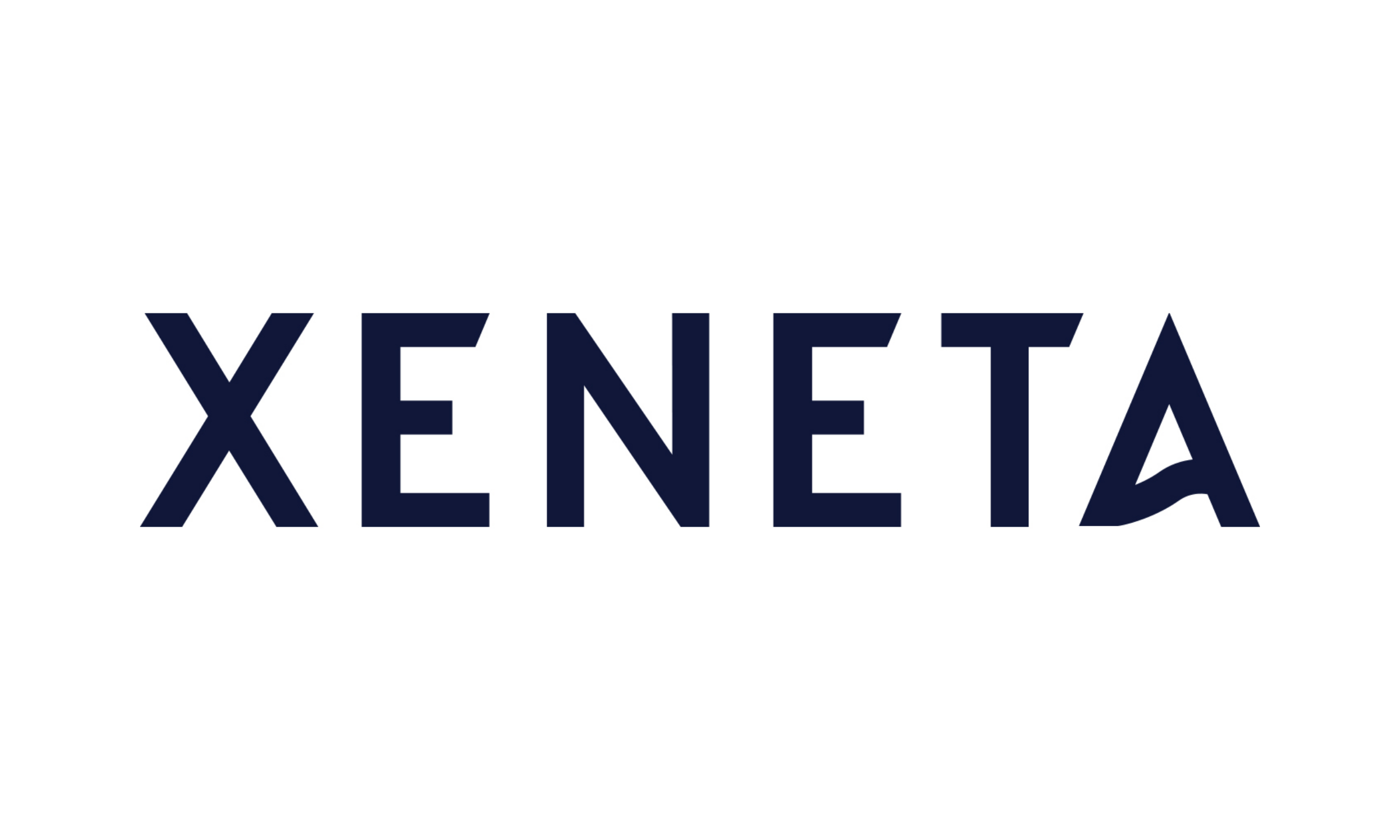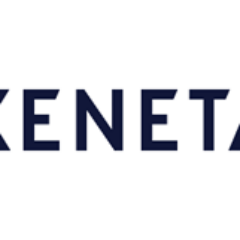Insight Focus
- Spot rates and premium surcharges fall in many container shipping trades.
- Capacity allocations are becoming easier, carriers are starting to adjust to no longer being omnipotent.
- Freight rates are still high, congestion and delays continue on several major routes.
Expect Intra-Asian Knock-On Effects from Lockdowns to Outbound Trades This Autumn
On the world’s largest trade, namely intra-Asia, container volumes in the first four months of the year are up by 1.6%, which is a considerable slowdown from 9.1% growth in 2021.
The interconnectedness of Far Eastern supply chains means that slowing volumes on this trade are evidence of a regional slowdown in manufacturing and production.
Are Long-Term Rates Peaking?
On the long-term market, the average rate out of the Far East has continued to rise, up by USD 600 per FEU since January on 1 June, and fast closing in on the spot market, something that has already happened on several of the major global trades. Of these top six trades out of the Far East, four of them have average long-term rates above those on the spot market, split evenly between intra-regional and longer-haul trades.
On the long-term market, the average rate out of the Far East has continued to rise, up by USD 600 per FEU since January on 1 June, and fast closing in on the spot market, something that has already happened on several of the major global trades.
Getting The Mix Right to Benefit from Falling Spot Rates
Many shippers witnessing the falling spot market and hearing from within their company and the broader industry about falling freight rates, will be looking at their long-term contracts to see how, if at all, they can find a way to benefit from the situation.
Retail Sales in US Hold Up – For Now
Behind the falling number of containers being shipped is the broader global economy and many countries moving towards a post-pandemic reality.
Deteriorating Macroeconomics in Europe, China
The EU economy is much less dependent on consumer spending than the US economy, but here the cost-of-living crisis is being felt. In March, EU retail sales were up only 1.7% (and just 0.8% in the eurozone), which with inflation explains the 2.3% fall in total container imports to Europe in the first four months of the year.
Carriers Paying Less for Charter Tonnage – For Now
Despite the overall falling trend, charter rates remain far above breakeven, even for the oldest, most inefficient ships with the highest voyage costs. Ship-owners wouldn’t choose to send a ship to be demolished if they can continue to earn money on it.
This explains the total lack of demolition this year. Charter rates need to come much further down before it is only the ships that really can’t sail anymore start to be demolished.
To view the full report please get in touch with Peter Sand here.

